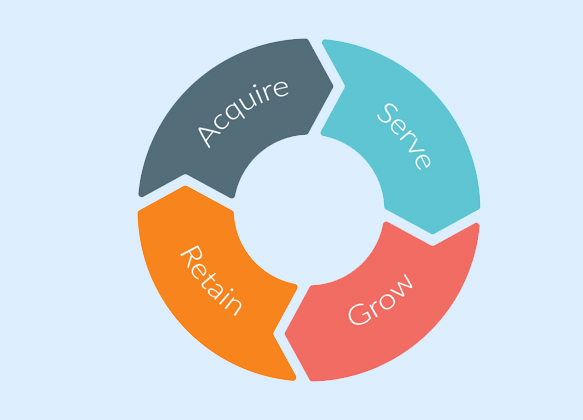Data-driven predictions about future events are a necessary capability for companies to maintain a competitive edge. Today companies can use data to predict possible business risks, unknown future events, and potential business opportunities. While forecasts and predictions have always been a part of business usage, until recently these were either straight extrapolations or gut based ones, not always accurate but also statistically significant.
Driven by the explosion of data, we believe Predictive Analytics finds its relevance in end number of industries and functions by providing a more fact-based vision. By leveraging broader pools of data through different technologies & platforms, our team of certified professionals creates more data mining opportunities for you to gain predictive insights.
We have extended traditional Analytics into the predictive side for several use cases like:
- Fraud Detection-Merging analytics methods to make pattern detection better and prohibit criminal behavior
- Customization of marketing campaigns- Tailor messages or outreach as per customer response
- Limiting risk and expanding markets- Generate credit score to determine buyer’s creditworthiness


